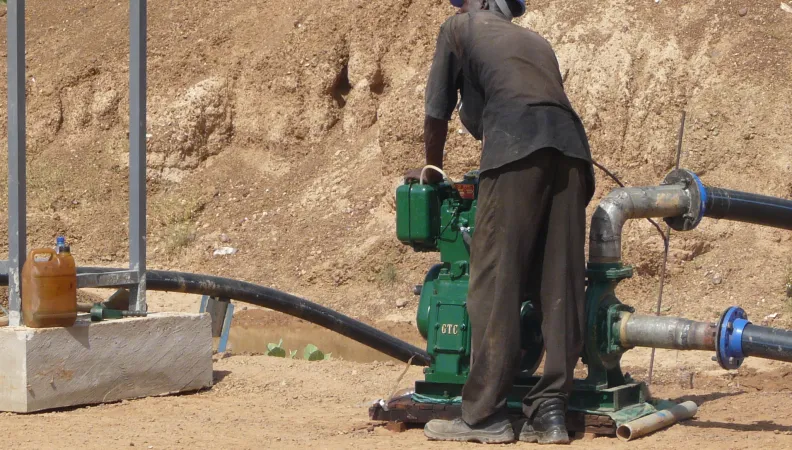Share the page
Supporting the continent’s financing capacity by strengthening a pan-African banking network
Project


-
Signature date
-
-
Location
-
Multi-country Africa
-
Financing tool
-
Financing amount (Euro)
-
2302800
-
Financing details
-
Equity investment of EUR 2,3m
-
Customer
-
BOA GROUP SA
-
Type of customer
-
Financial institution
-
Project number
-
PZZ1282
-
Environmental and social ranking
-
IF-B
The lack of financing capacity hinders private sector development in Africa. Bank of Africa is developing a pan-African banking network with a capacity to provide companies with long-term financing solutions.
Client presentation
BOA Group (Bank of Africa) was set up in Mali in 1982. It is a banking group established in 18 countries, including 8 in West Africa (Benin, Burkina Faso, Côte d’Ivoire, Ghana, Mali, Niger, Togo and Senegal), 8 in East Africa and the Indian Ocean (Burundi, Djibouti, Ethiopia, Kenya, Madagascar, Rwanda, Tanzania and Uganda), in the Democratic Republic of Congo, and in France. Since 2010, BOA Group has been majority-owned by BMCE Bank (Banque Marocaine du Commerce Extérieur), the 3rd largest private bank in Morocco. BOA Group currently has some 6,000 employees and a total consolidated balance sheet of EUR 7.2bn (at 31 December 2015).
Project description
Proparco is participating in the capital increases of BOA Group SA, in which it has been a shareholder since 1989. At the same time, Proparco has supported the development of its pan-African banking network via subordinated loans and equity investments in some of its subsidiaries. Proparco is also helping the group develop and implement an environmental and social risk management system.
Project impact
This operation will strengthen the local financing capacity in Sub-Saharan Africa where long-term resources are not well-developed. It will support the development of the local economic base – particularly SMEs – in key sectors such as trade, small-scale industry and agriculture. In addition, it will help improve access to financial services and promote the dissemination of high environmental and social standards. The regionalization strategy between subsidiaries will also create synergies and share innovations and good practices.


